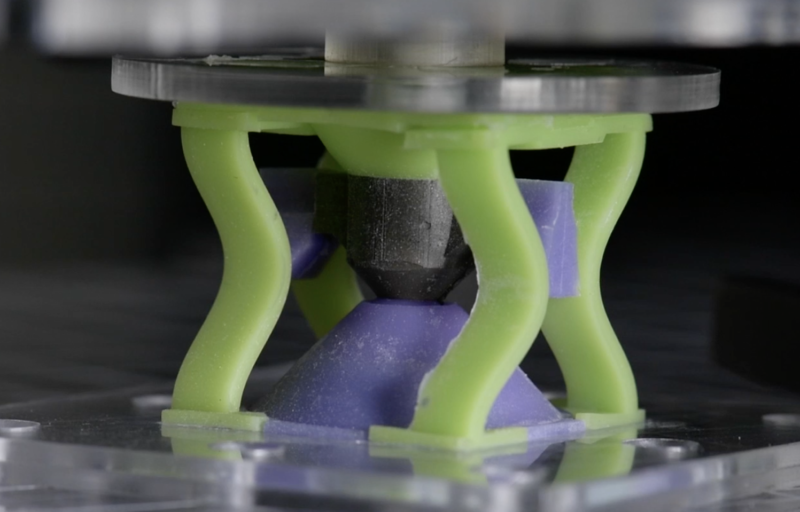
For applications like robotics, there’s usually a clear division of labor between the processors that control the robot’s body and the actuators that actually control the physical changes of that body. But a new paper being released today blurs the lines between the two, using a magnetic switch in a way that both stores a bit representing the hardware’s state and alters the physical conformation of the hardware. In essence, it merges memory and physical changes.
This particular implementation doesn’t seem to be especially useful—it’s much too big to be a practical form of memory, and the physical changes are fairly limited. But the concept is intriguing, and it’s possible that someone more adept at creative thinking can find ways of modifying the concept to create a useful device.
A magnetic metamaterial?
Metamaterials are generally defined as a material that’s structured so that it has properties that aren’t found in bulk mixes of its raw materials. A broad reading of that definition, however, would mean that a car is a metamaterial, which makes the definition near-meaningless. The researchers behind the new device, based at Switzerland’s École Polytechnique Fedeŕale de Lausanne, claim their creation is a metamaterial, but it’s fairly large (roughly a cube three centimeters on a side) and has a number of distinct parts. I’d tend to call that a device, rather than a material, and will use that terminology here.





